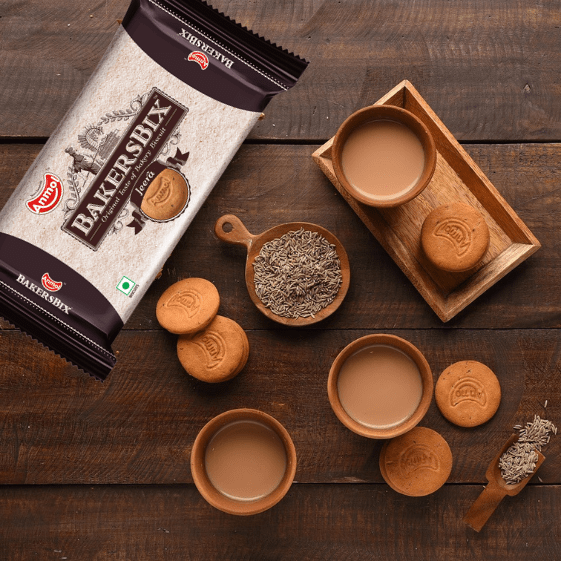Biscuits may have numerous forms that help enhance their taste, it can either be delicate, crunchy, chocolate-filled, loaded with natural products, frosted, or may even contrast in size. In any case, that wasn’t the situation in the Neolithic period (new stone age), since they weren’t given a name back them or any unequivocal shape, because of how they were prepared on stone pillars. But that was until the name Biscuit was originated from the French word Bis-Qui, which was established from the Latin word Panis Biscotus (bread prepared twice).
Neolithic Age
At a later period, the Romans had found an alternate type of biscuit, which is presently known as rusk. They re-baked their portions of bread for a more drawn-out span on stone pillars to make it crispy. These rusk(s) were known to be very valuable for voyagers and soldiers. Nonetheless, there’s no verification of how they were made, as there’s very little proof separated from the grain stains on the pillars.
Fourteenth Century
In the Fourteenth Century, various types of biscuits were made, and quite possibly the most mainstream ones were flapjacks and wafers. However, nothing could contrast with wafers as they had a long run in the medieval era, and that is a direct result of their improved batter that was cooked and shaped ablaze with the assistance of advanced innovative methods. They were regularly eaten after an appropriate supper to fulfil the individual’s yearnings and help with digestion. Proceeding onward, biscuits kept on extending all through the globe as the populace began to develop at a quicker stage. They had changed the methods of boat constructing and were known to be a fundamental food product for mariners to survive on long ship runs. The name given to it was ship biscuits/wafers that were utilized as a staple apportion, alongside the other preserved food on deck.
Seventeenth Century
In the Seventeenth Century, the significance of sugar was exposed and its costs had radically increased, bringing about sweet biscuits being eaten exclusively by rich individuals. Britain had a tremendous role in it, as it was the most significant slave-trading country that had set up a sugar estate framework in America and West Indies. Due to that, the costs of sugar in Britain fell and products that were made by it were all the more habitually accessible to individuals. As time passed by, consumption of biscuits had expanded and was known to be an essential food item on different occasions. For example, cakes, cookies etc.
While that occurred, technologies were likewise getting further developed, and every nation was adding their own unique touch to biscuits, to make something appetizing and flavoursome. Cooking books with different biscuit recipes were being published and purchased by many individuals consistently.
Nineteenth Century
Hundreds of years passed and rolls were essentially all over the place, thanks to Amol top biscuit companies across the world. The enterprises had begun to boom, due to the assortments they had to offer, and one of which was of the sponge category that was profoundly loved by Queen Victoria. Anyhow, sugar was additionally being the reason for different medical issues like diabetes, so developers had concocted the idea of making sugar-free biscuits to permit individuals to experience the joy without agonizing over any medical problems.
Conclusion
The journey of biscuit in the prior times is quite interesting, and because of the exceptionally cutting-edge innovations in the accompanying era, biscuits have gotten unbelievably delectable, just as the most ideal snack for individuals during break or tea time.
Likewise, Anmol Industries, one of the top biscuit companies in India provides different varieties of biscuits and cakes for you to try out, alongside stunning recipes that you can undoubtedly make at home. Their fundamental focus is to make the most ideal product that fulfils an individual’s needs through its distinctive flavours.

